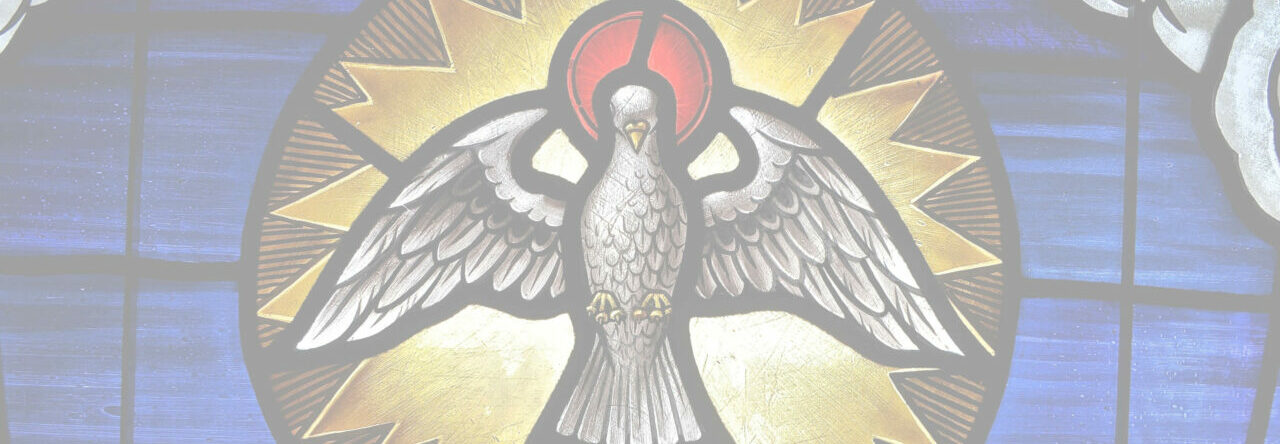 Today, The twelfth of October, marks the anniversary of the battle for Passchendaele, France, in 1917.
Today, The twelfth of October, marks the anniversary of the battle for Passchendaele, France, in 1917.
That battle has become representative of the horrors of World War I, thousands of young men scrambling though mud and barbed wire, mown down by German machine gun and mortar fire. The battle was an attempt to capture Passchendaele Ridge as part of a larger effort to push north to take the German submarine bases on the Belgian coast. It was without a doubt (setting aside mass destruction like Dresden or Hiroshima) one of the most bloody days in the history of Western warfare. On October 12 over the space of no more than two hours, more than 2,800 New Zealand soldiers were either killed, seriously injured, or became missing in action.
Recovering the New Zealand wounded from the battlefield took two and a half days days even with 3,000 extra men from the Fourth Brigade, artillery and other units plus a battalion from the British 49th Division. The conditions were horrendous and six men were needed to carry each stretcher because of the mud and water. The Germans suffered the same problems and an informal truce for stretcher-bearers came into force, although anyone without a stretcher was fired on. By the evening of October 14 there simply was no one left alive on the battlefield.

Jeremy
My maternal grandfather survived Passchendaele. He was wounded and carried the shell fragments embedded down one side to his grave 43 years later. He had volunteered rather than be conscripted. My paternal grandfather had been at Gallipoli where he had been severely injured [3/4 disability] but he lasted longer by 10 years. We have no war stories from either side.